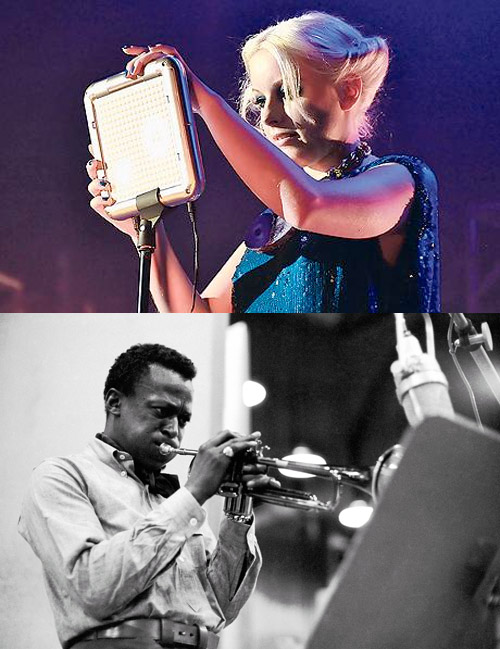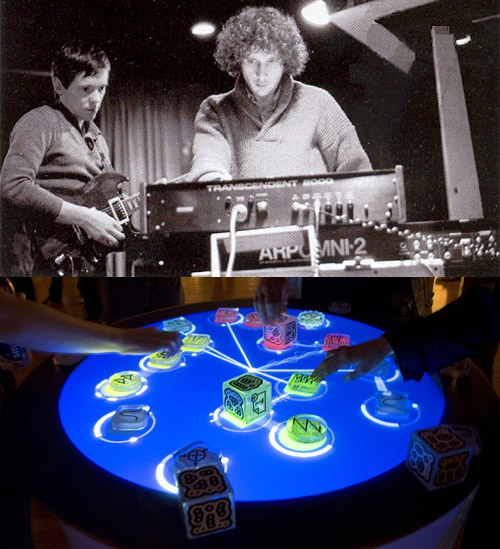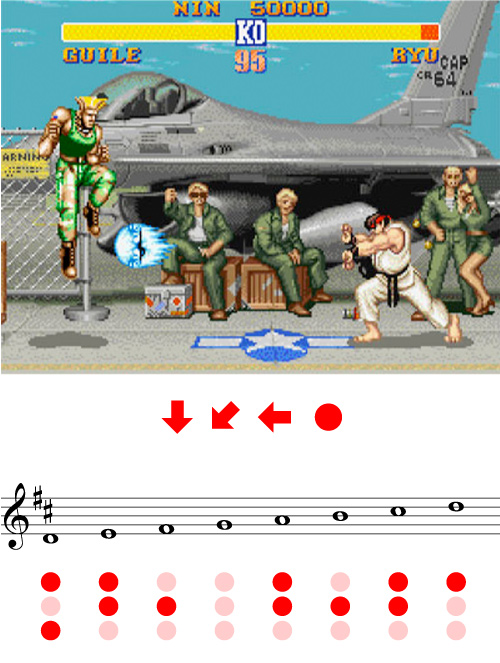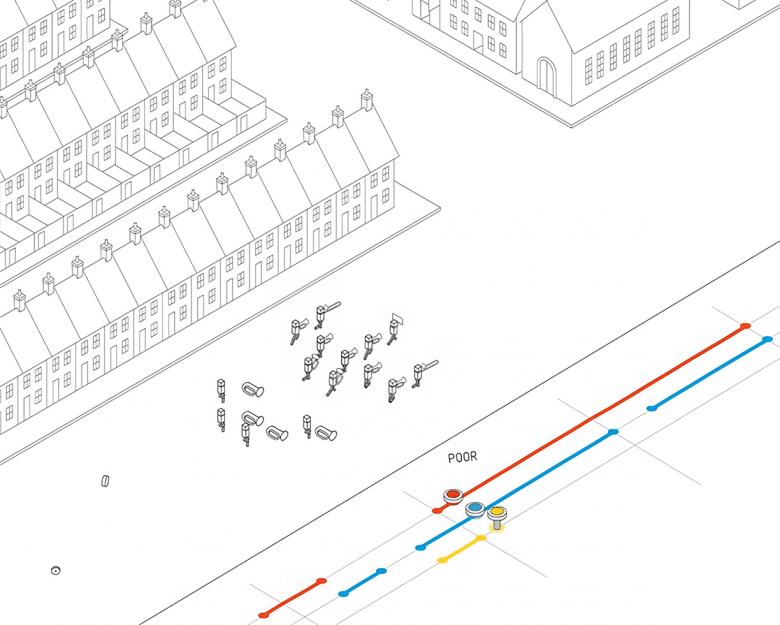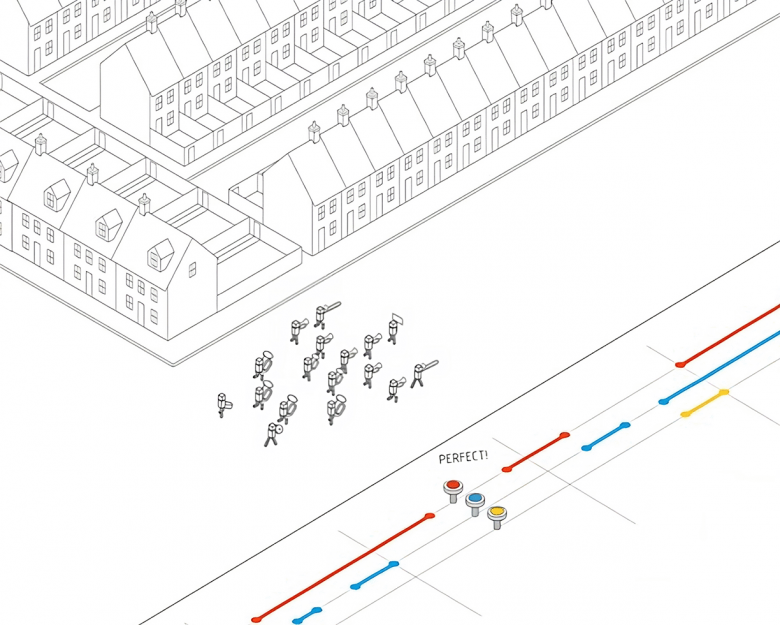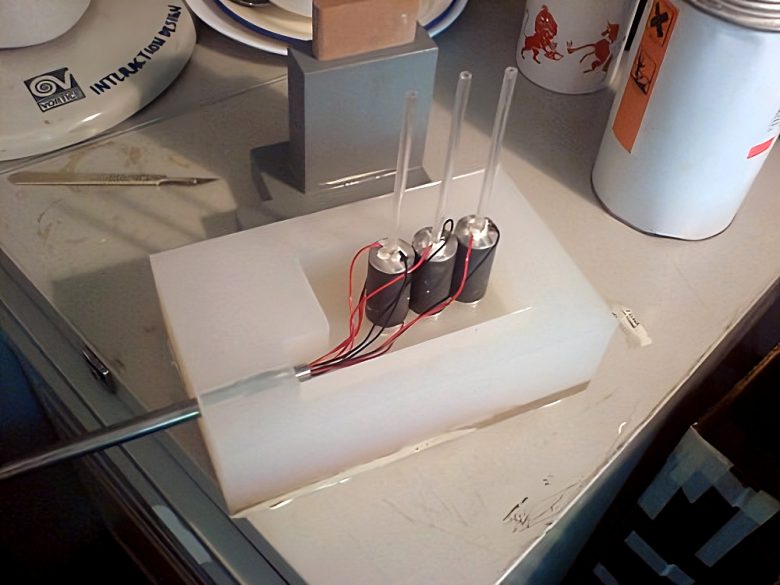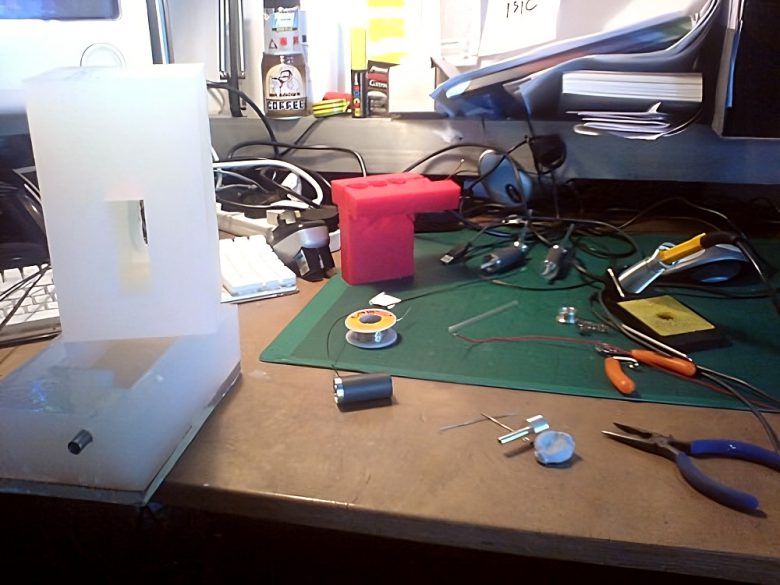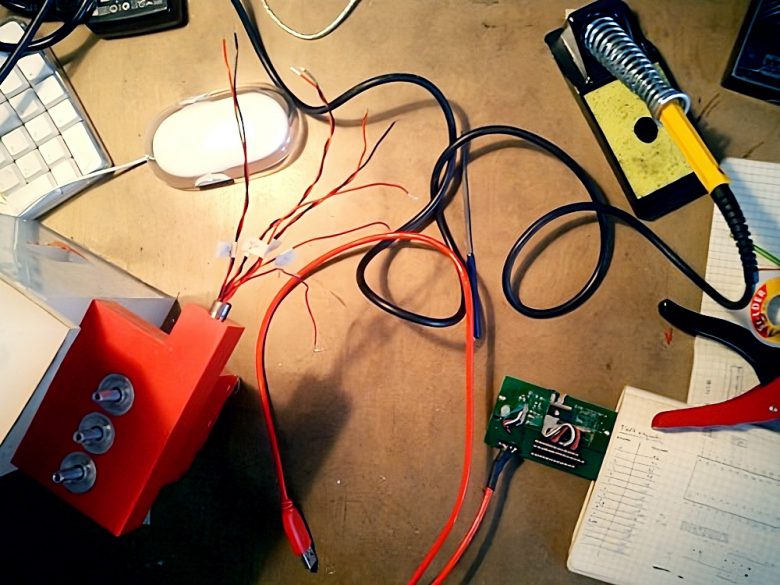Is there a space between practicing music and playing video games? Can it enhance the experience of both? During my final year at the RCA I designed and made a prototype video game and set of controllers to explore the idea.






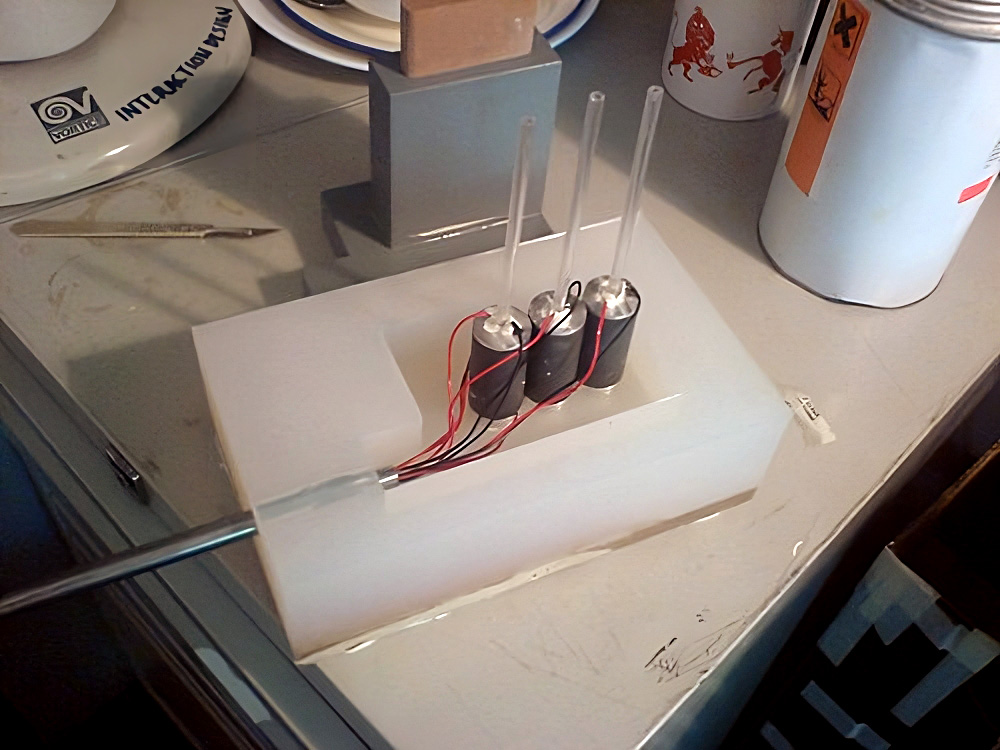
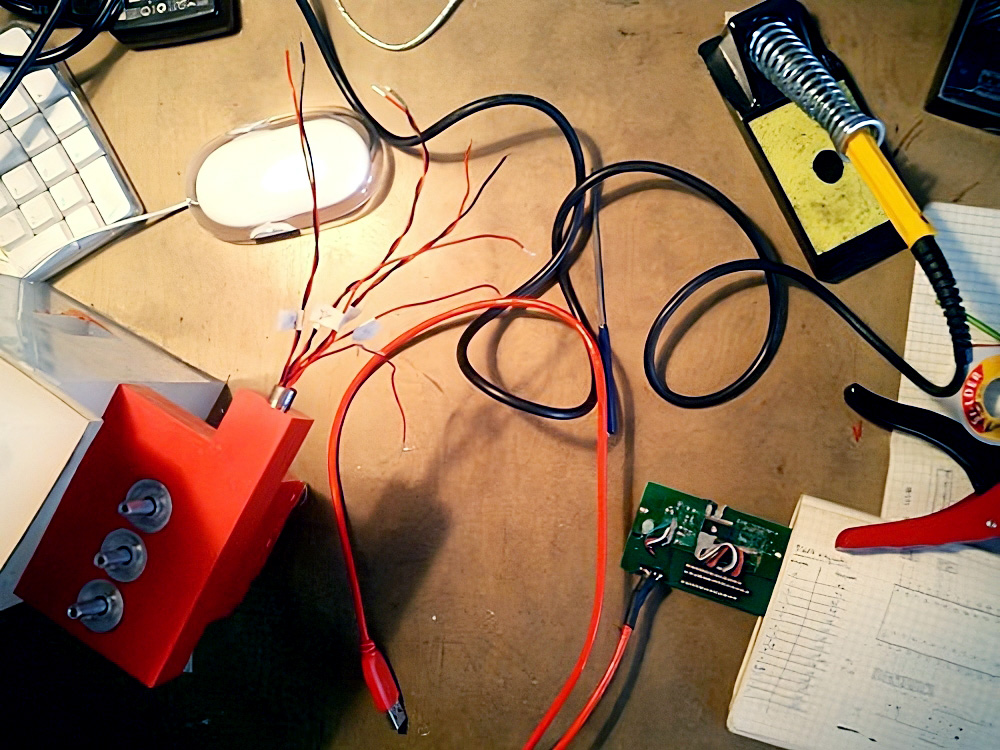
The game uses familiar Bemani conventions – play your part correctly (as dictated by the coloured lines scrolling past), and the brass band stays in time and together; play it wrong and they drop their instruments, walking off in disgust.

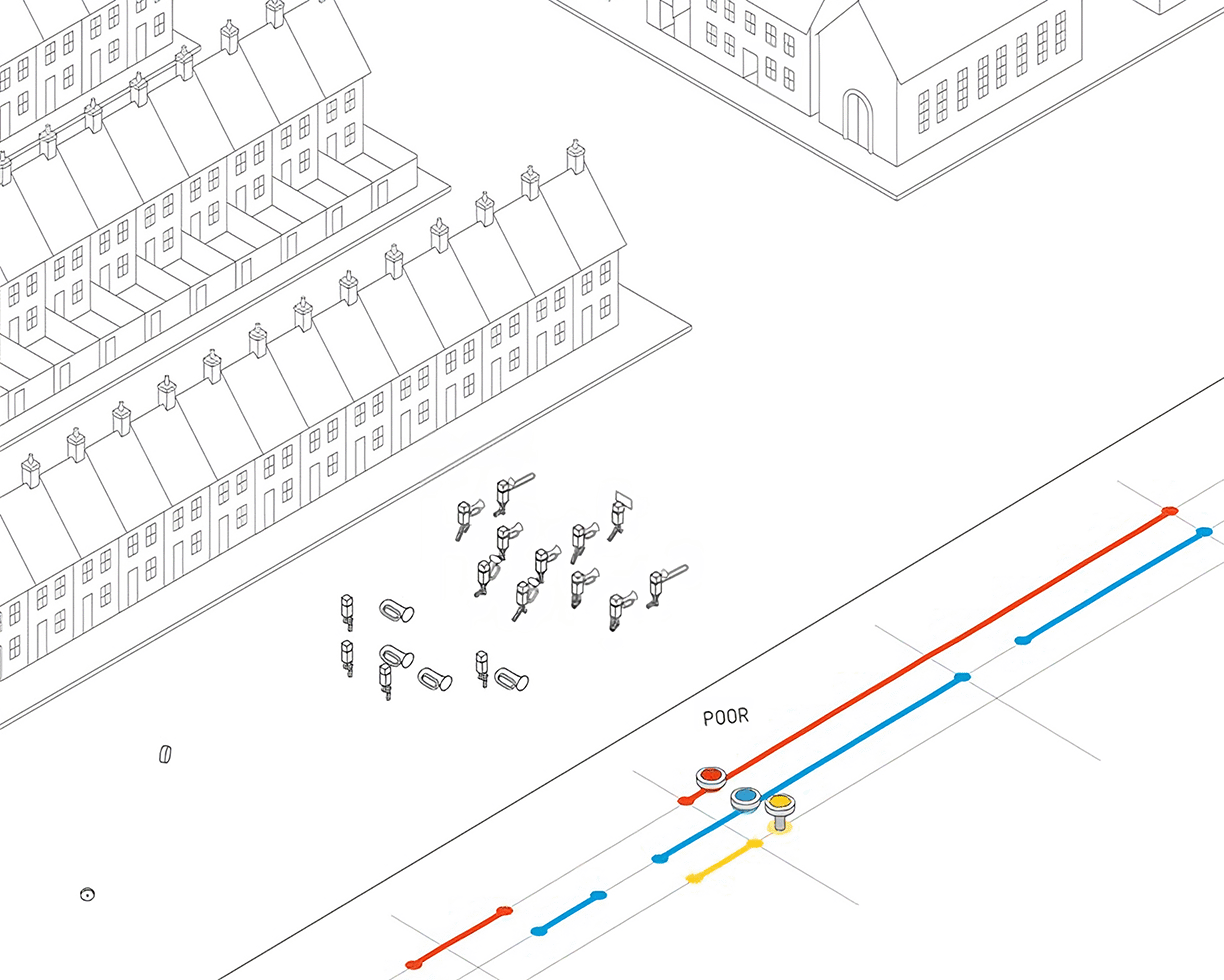
The game design is based on a traditional Whit Friday brass band march contest held in villages in the north of England every June. I arranged the in-game music. It’s a Nintendo-style chiptune arrangement of one of William Rimmer’s most famous marches – Punchinello. You can listen to the whole tune here.
The main difference between this game and other Guitar Hero-style games is that the keypress combinations and theme music melody are directly mapped to a real instrument – the idea being that by playing the game, you are also learning a fingering pattern to play the theme tune on a real instrument.
I starting learning the trumpet at 10, and I remember playing video games far more than practicing, which is probably why I ended up going to art school. I would spend hours learning sequences of carefully-timed keypresses, timing jumps or special moves, probably using many of the exact same learning processes involved in practicing music. Maybe if I’d had this as a kid, I’d have got more of those dreaded scales ‘into the fingers’…
This work won first prize in the Conran Foundation Awards at the Royal College of Art show in 2006. I got to meet Terence Conran, who seemed faintly mystified by the whole project.
